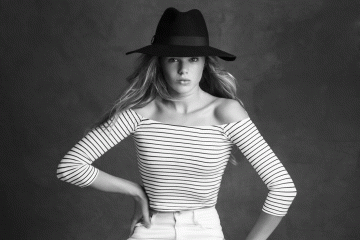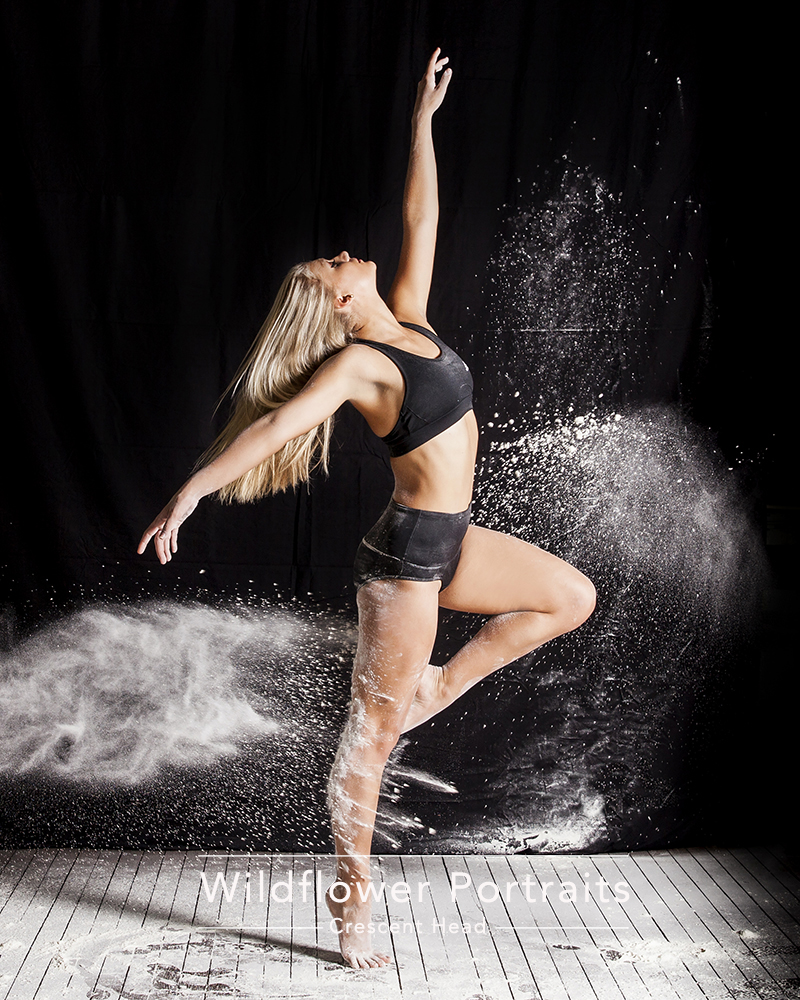The Newbie's Guide to Product Photography
If a image deserves a thousand words, a stunning product picture is worth a thousand website visits. Although I do not have information to back up that declaration (yet), product photography can be exceptionally beneficial to your ecommerce website technique.
To reach your target market participants that like purchasing online, you also require to offer your audience clear, captivating images of your products.
However product photography isn't as straightforward as pointing and shooting. Also the most standard products need the correct equipment, lighting, as well as area to produce beautiful pictures that offer customers right from the acquisition web page.
6 Product Photography Tips ( as well as Instances) for Taking Photo That Sell
Here are the tips, instances, as well as products you'll require to successfully photograph and also market your items in such a way that makes your site visitors and potential customers intend to transform.
1. Do not be afraid to use your smart device's video camera.
This is the component where I'm supposed to convince you to buy a high-end, 50-megapixel (MP) video camera with a 100-millimeter screw-on lens. Yet I'm not mosting likely to do that.
If you already possess a camera that fits this summary, make use of it. But for many types of products, it's totally appropriate to shoot product images on a smartphone.
More recent smartphones flaunt powerful cam lenses as well as setups that enable you to optimize your shots for the various types of light and also atmospheres you might fire in.
If you require more convincing, just have a look at Apple's Shot On An iPhone campaign and the photos that have resulted from it for many years such as this set:
2. Shoot from a tripod for photo uniformity.
Before explaining tripods, I'm obligated to begin with a principal policy: Don't prop your phone versus something tough to aim your lens towards the topic.
It's simply as well easy for this makeshift arrangement to glide around throughout the shoot and also create disparities in your photos' look. If you relax your video camera on, say, a stack of books, simply make certain this setup does not alter over the course of the shoot.
There's no injury in holding your cam yourself when firing simply a couple of product pictures for your ecommerce site. Yet as your service grows, and you take more photos of even more products, it can be tough to standardize the product's orientation in each photo when firing portable.
To make certain uniformity across your products, you'll need a tripod. As well as fortunately, purchasing one isn't always the big, industrial-sized investment it utilized to be.
Right here are 2 sorts of tripods to consider.
Typical vs. Versatile
This is a practice tripod-- there are conventional tripods readily available for both cams as well as mobile phones.
A versatile tripod can be manipulated in a number of ways. You can flex its legs and also position it on various surface areas to obtain http://sergiohuwp061.lucialpiazzale.com/7-reasons-professional-product-photography-is-important-for-any-type-of-organization the angle you need.
Mobile Grasp
There's usually a screw on the top of your tripod which connects to your cam to hold it in position. The bottom of a lot of professional-grade electronic cameras has a screw hole just for this function, yet smartphones can make use of the following adapter:
The adapter grips the sides of your mobile phone and also can screw right into either sort of tripod, permitting you to operate the video camera manages with the phone screen facing outside and also toward you.
When you identify which place you'll need, set it up in front of your product, and also take into consideration placing three items of tape on the ground to mark where you 'd like to keep each leg of your tripod over the course of the shoot.
3. Pick natural light or man-made light.

A solitary lighting setup may not help every product-- a lighting arrangement that benefits some items may weaken the appearance of others.
There are 2 sorts of light you can pick as your major light: all-natural and also fabricated light.
All-natural Light
Natural light refers to sunlight-- easy as that. It's additionally referred to as "soft light" because the sunlight casts a larger, softer series of light than, say, a lamp beaming straight on the product. Ecommerce product shots thrive in all-natural light if:
The product is shot outside or indicated to be used outside.
The product is utilized by, endured, or shot with a individual (people tend to look much better in all-natural light).You're attempting to stress the product's environments, instead of certain qualities of the product.
Here's an example of a shot using natural light:
Synthetic Light
Fabricated light consists of candle lights, fire, and more frequently, light bulbs. It's also described as "hard light" due to the fact that it generates a smaller but extra focused light surface area. This kind of light caters to products with physical details that require to be highlighted to excite an on the internet customer.
As a general rule, stay with just one sort of light per photo-- all-natural or artificial. Adding all-natural light to an synthetically lit photo can soften a product that's meant to festinate, and including fabricated light to a naturally lit photo can develop a product that's suggested to look soft. You don't intend to enter your very own method.
4. Fill up or bounce your light to soften shadows.
Whether you make use of natural light or artificial light, you'll require to minimize the darkness that any prospective tough light casts on the contrary end of a product.
There are 3 methods to do this:
Load Light
Consist of another, less-intense source of light to supplement your primary light. This additional light is called your fill light as well as is used as a counterbalance to soften the all-natural darkness your major light creates behind an things.
To do this, position your fill light opposite your primary light so your product rests between both light sources.
Flashbulb Bounce Card
A bounce card, or reflector card, is a tiny card that " shows" or "bounces" the major light back onto the surface under your product to decrease darkness.
Some bounce cards connect to the flashbulb of a expert electronic camera lens to diffuse the light from the electronic camera's flash. This card sprinkles a softer light onto the subject from over your collection-- rather than straight at it-- so you don't have lengthy shadows trail behind the item you're shooting.
Standalone Bounce Card
If you're firing from a smart device, a flashbulb bounce card isn't an alternative, considering that you don't have a physical flash you can attach it to. Rather, make your very own standalone bounce card positioned opposite your main light.
For novices to product photography, this bounce card can efficiently change your fill light, which counters the difficult light from the electronic camera flash or lamp that's encountering towards the front of your product.
5. Use a sweep or picture setting to emphasize the product.
There isn't one ideal method to position your product, lights, and also bounce cards-- they can change dramatically depending upon your history. However do not pick a background based on what's easiest to produce. Backgrounds ought to resemble how you want your buyers to view your product when seeing it online.
Consider initially whether you would certainly like a white background or a much more dynamic, real-world background. There's an simple way to accomplish every one.
White History: Move
For white histories, it's not as easy as establishing a table against white drywall. Also smartphone video cameras can get little acnes on a white wall surface that you would not notice with the nude eye. To catch a perfect white background without any corners or acnes, use a move.

A sweep is a large bendable sheet of paper, whose bottom function as the surface area beneath your product and afterwards curves up right into a white wall surface behind the product.
On video camera, the sweep's contour is unseen, highlighting key product details and enabling the thing to own all of a website visitor's attention.
Real-World Background: Portrait Setting
Dynamic, real-world backgrounds are really attractive when capturing items that have a particular usage or are being designed by a person-- as you saw aware of the briefcase earlier in this overview.
Yet, it's simple for a real-world history to steal the emphasis of the photo, making it uncertain which product in the photo you're actually offering.
Offer your product deepness and emphasis with portrait setting, a photo setup on a lot of professional electronic cameras, as well as likewise available on numerous new mobile phones. This setting obscures the history so the context of the product is clear however not completing versus the product itself.
Below is a super awesome photo of a HubSpot pen taken in portrait setting on a Google Pixel 2 (I took this picture myself). You can tell the pen rests on a desk with a computer system behind it, however the pen is still the centerpiece for visitors:
6. Shoot a selection of photos.
My last ecommerce photography tip to you is to not stop at one photo per product. Just as your customers look, hold, use, and also even try on goods in a store, your web site must shoot a variety of images to mimic this very experience.
If you're firing garments, for instance, record the garment of clothing alone-- that is, expanded on a white surface area-- in addition to on a mannequin whose shade contrasts the shade of the product.

Then, for additional images, have the garments modeled on a individual, enabling you to take pictures http://fernandojbcg335.theburnward.com/unlocking-your-essence-the-power-of-personal-branding-photography of the product from the individual's different presents as well as angles.
Product Photography Set Up
Next, allow's summarize what we just obtained-- right here's a checklist of quick product photography set-up tips that you can describe as well as share on your team:
• Select a video camera-- whether or not that indicates using your smart device.
• Get a tripod that works for your video camera of option.• Select all-natural or artificial lighting-- think of which choice is best for your product as well as environment.
• Determine whether you'll fill up or jump light.• Select move or portrait mode.
• Take numerous different pictures to offer your visitors variety.
Begin With Your Product Photography
Do not feel required to purchase every pointer as well as piece of equipment simultaneously. Use these product photography tips progressively to see what makes your shop look one of the most nice, and also alter your technique as your photography chops improve.